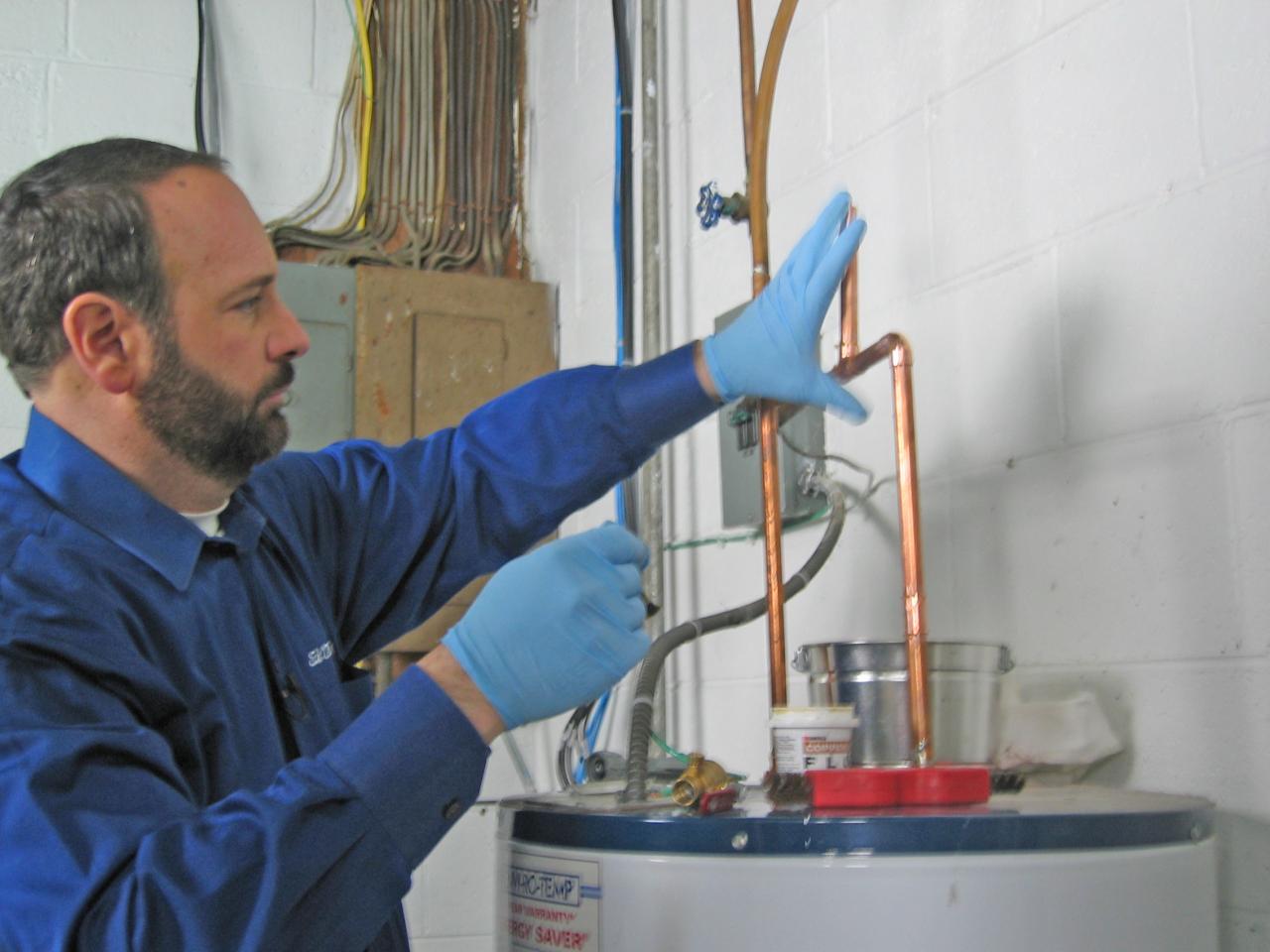Whether or not you live in an area prone to extreme weather, it’s important to note some of the hazards our families might face.
With all the new technology available today, we can forecast if dangerous weather conditions will be heading our way. However, this information does not always reach everyone in possible danger because people still lack proper resources.
Living in areas with frequent natural disasters isn’t the only thing that puts us at risk. There are bound to be times of war or unrest near your home, no matter where you reside. It has been proven time and time again that no location is immune to just about anything that could happen.
What is a Safe Room?
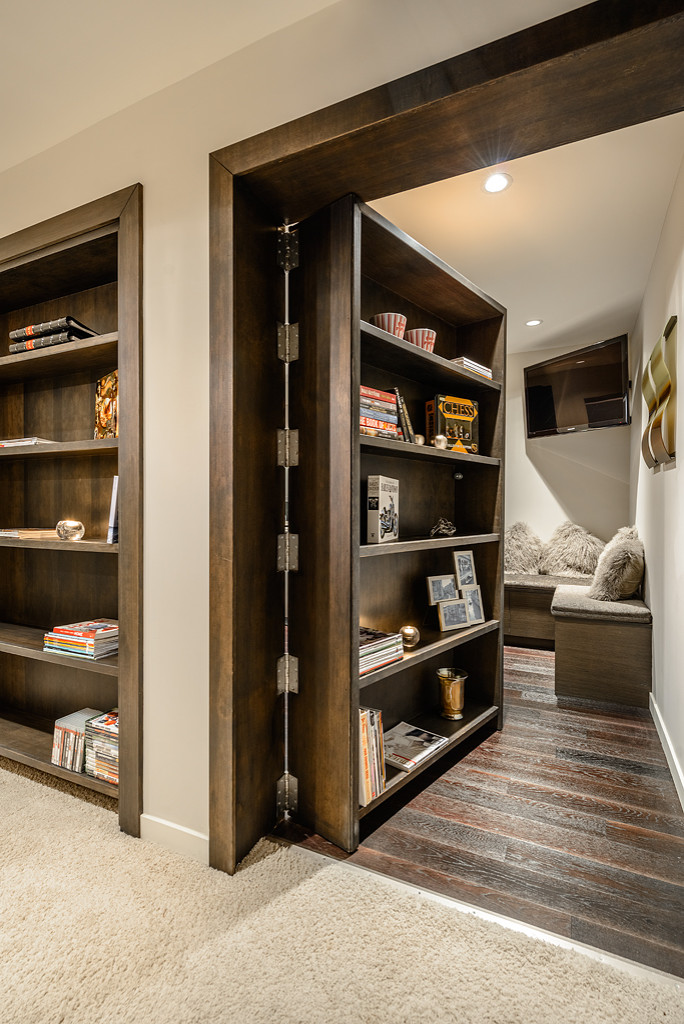
source: pinterest.com
A safe room is typically an interior room that offers protection against “weapons of mass destruction (WMDs), weather events and extreme intruders.”
Most importantly, though, it has been proven that: “it was easier for rescuers to find them when the home had a designated safe room during severe storms.” This can mean life or death. If officials can easily recover you, there is a lower chance of death.
How Does a Safe Room Work?
The first step to creating a safe room is assessing your home and property to determine what materials will be needed to create the ideal type of room and safe room door for your situation. Next, professionals should do all construction as precise standards vary based on location.
After that, you can use “the ABCs of safe rooms” – isolation, barriers, and confinement – to determine how best to protect yourself in the designated space. Isolation protects against toxic chemicals, barriers defend against biological agents and human attack, and confinement helps shelter occupants during extreme weather events.
Once you have chosen the most secure option for your family, reinforce safe room doors with ¼ inch steel plate and install impact-resistant windows. To ensure effectiveness against gunshots, consider installing a safe room that is “bullet-resistant glass or ballistic grade plywood.”
For the Protection of Your Family
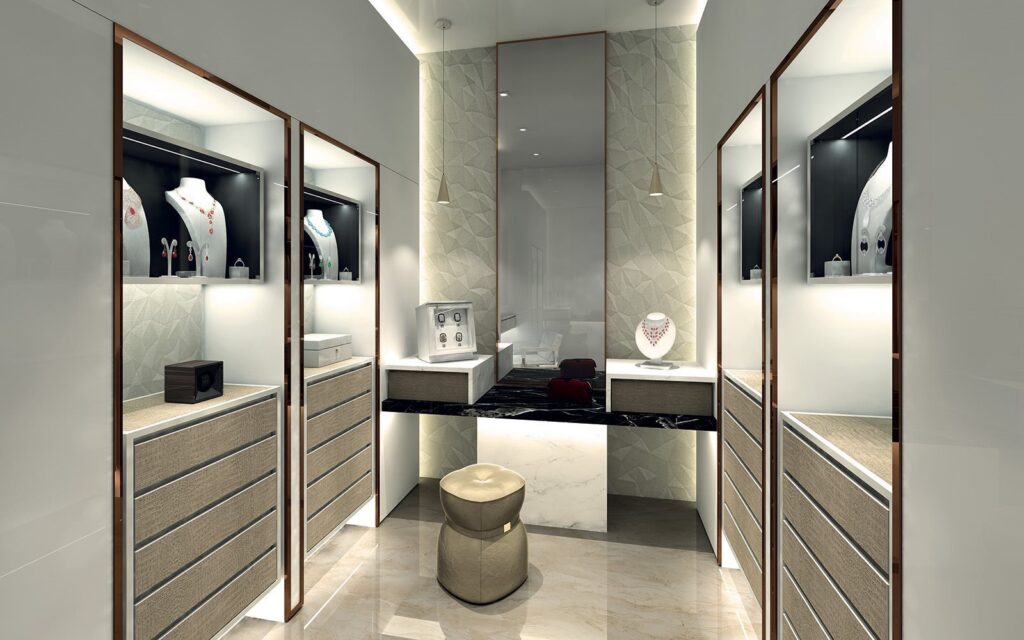
source: agresti.com
Extreme weather and war aren’t the only dangers we face, as there are times of peace, and despite our homes being safer than many other locations, natural disasters can still render them useless. Due to earthquakes or fires, collapsing structures can leave those within the house unharmed but without escaping until help arrives.
Well-built structures can hold up against most natural elements such as rain and strong winds, so not all hope is lost for those who live in less sturdy homes. Although it cannot be guaranteed that your home will remain during a minor earthquake or fire, some precautions can be taken.
Since many of the structures built today are not designed to handle significant tremors, it might be wise to check if your house was built on a solid foundation. This small step will also help you ensure that the home is safe enough for your family. To give you an idea of what’s inside your walls, here are some things you should know:
Wood and brick homes have different wall structures, affecting how much damage they can take during earthquakes or fires. The more wood in your walls, the better because it helps reduce damage by holding up against strong winds and more minor earthquakes so it won’t collapse as much as brick would when twice as heavy and shaking at the same force.
During an earthquake, brick walls are more likely to cave in, primarily if the bricks are not held together by mortar. If no brick or wood is keeping your home together, it might be time to reevaluate your security and strengthen your walls before something worse.
Most homes won’t withstand a 9+ magnitude earthquake without some light damage, but this doesn’t mean you can’t make them safe enough for everyday use.
For the Protection Against Hazardous Pollutants
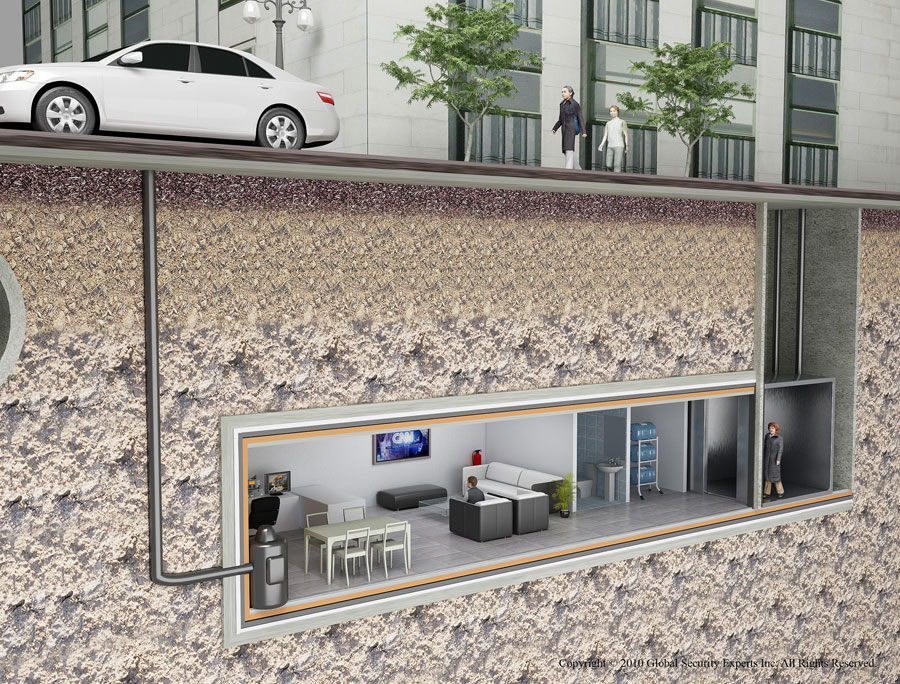
source: mcenearney.com
It’s no secret that pollution is one of man’s worst enemies, not only by aiding in natural disasters but also bringing about health concerns for those living in an area where companies are willing to dispose of hazardous waste illegally instead of disposing of it safely.
There are many reports on how companies get rid of this waste. Some include injecting it deep into the Earth’s core or using waterways for transportation. Although there are places where this type of dumping is legal, they make sure it won’t harm anyone living close by these sites.
For the Protection Against Extreme Weather
Even if you reside in a temperate region of the world, extreme weather can still affect your home and family. Whether you’re facing heavy rains that might cause flooding or high winds, anything out of the ordinary will put your loved ones’ lives at risk without proper precautions like storm shelters or safe rooms installed within your house.
If you live near water areas but don’t own a boat, or if you love the great outdoors but want to ensure your safety at all times, a storm shelter is a must-have. These can easily be added to any home and come in various sizes depending on who uses them, whether for one person or an entire family.
If you can’t afford a shelter of this type, make sure there are no sharp objects around the immediate area where people might gather because these could cause injuries if brought outside by powerful winds.
Establishing secure places inside your house is also essential when the weather turns treacherous. If you live in an area with frequent hail storms or tornadoes, installing concrete walls within the house will help protect them against flying debris that might enter through your windows or walls.
Ensure to secure these items properly and keep an eye on any holes or openings that might cause water damage if winds pick up during a storm.
Safe Room Price
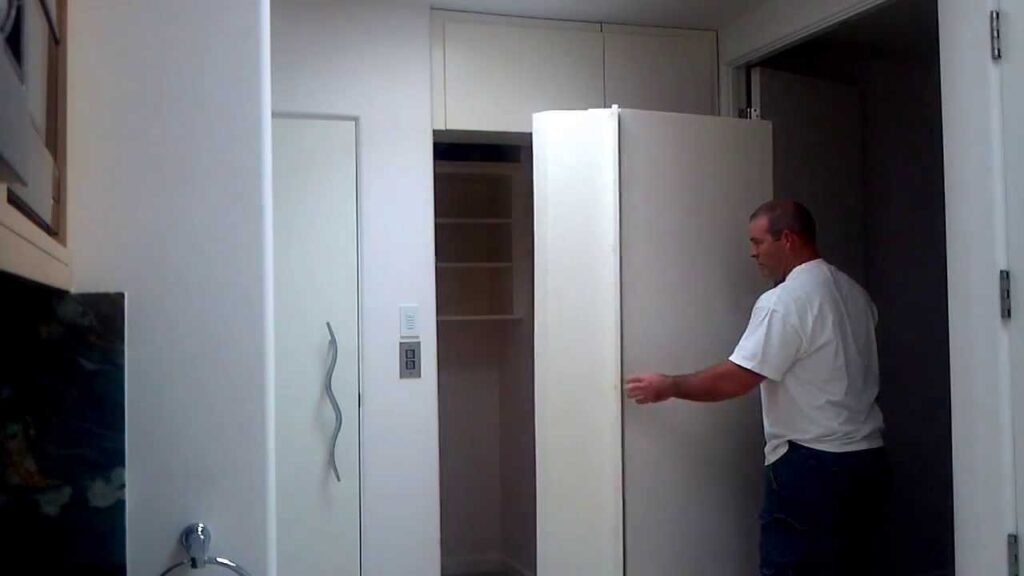
source: pinterest.com
The cost of a safe room varies depending on size and type. In general, though, they are costly to build from scratch but easier to modify an existing space.
For instance, it might be cheaper to convert your basement into a safe room than building one from the ground up, as many basements already have access to water, electricity, and Internet connectivity.
On average, a custom-built safe room will cost anywhere from $25,000 to $100,000. In the end, though, it’s a small price to pay for your family’s safety.
Conclusion
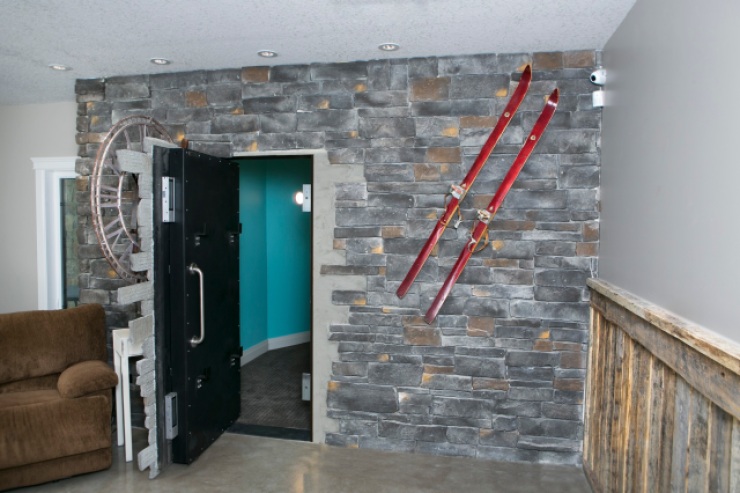
source: marketplace.org
No matter which way you go about protecting your loved ones, make sure that whatever material you choose doesn’t compromise safety for affordability. Even a simple but effective foxhole will help protect those who haven’t expected a dangerous situation.
If caught in one of those situations without warning, proper precautions must be taken to survive. Even if you live in a place free of dangerous chemicals, extreme weather events can still happen without any warning, which is why safe rooms and shelters are essential no matter where you live.
Of course, there are always better ways to protect your home and loved ones, but sometimes it’s hard to come up with the cash for these types of additions. For instance, adding on an underground storm shelter or bunker costs thousands of dollars which might be more than most people can afford today.
But since it only takes one time for destruction to hit your house out of nowhere to make it worthwhile, even a tiny shelter could save lives when no other options remain. Having a safe room or shelter installed within your house is always a good idea, no matter whether you live in the city or the country.
Safe rooms and bunkers can give you that much-needed edge when natural disasters strike or when unspeakable violence is close at hand. Visit The Architecture Designs for ore ideas.


